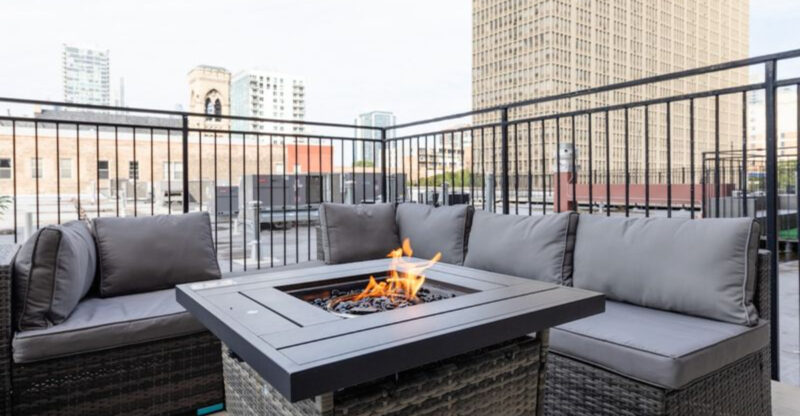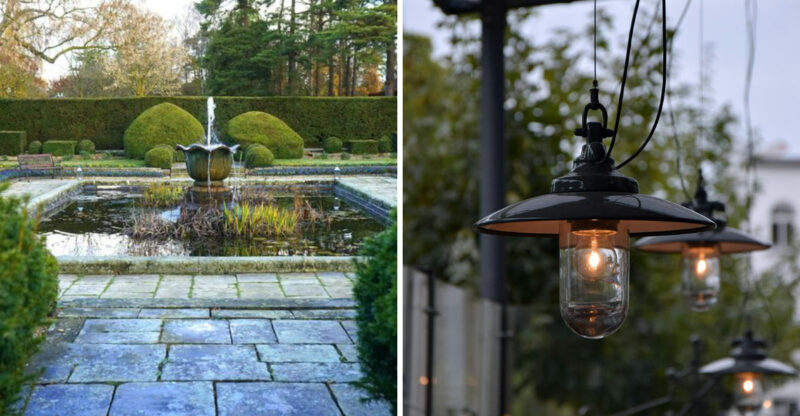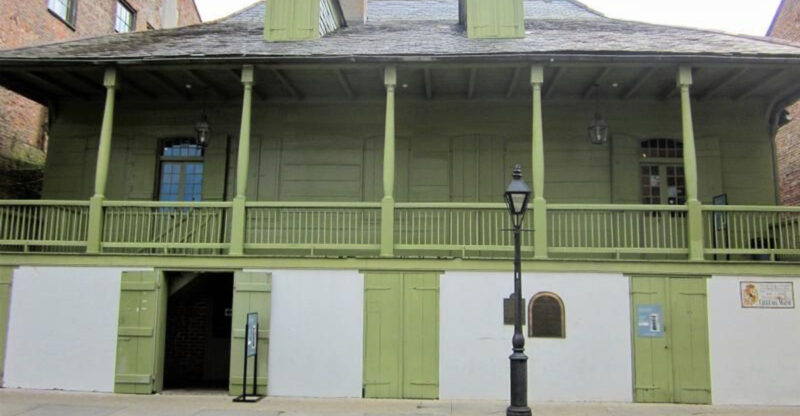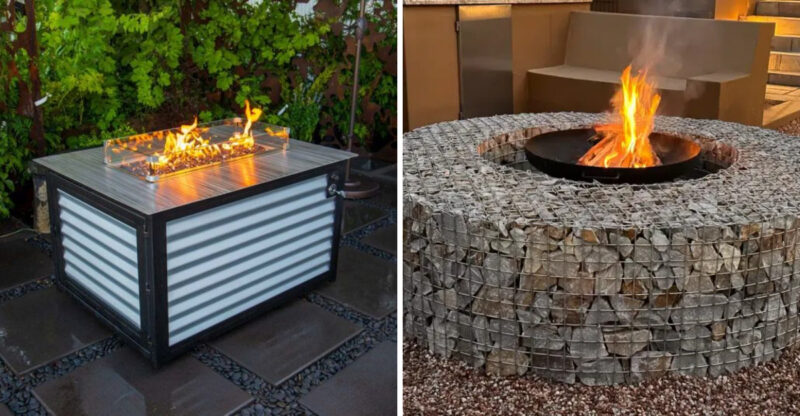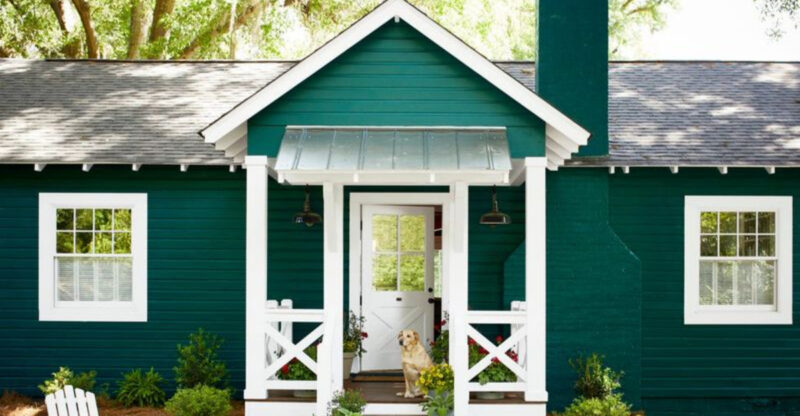8 Evergreen Curb Appeal Styles From Colorado’s Heritage Homes
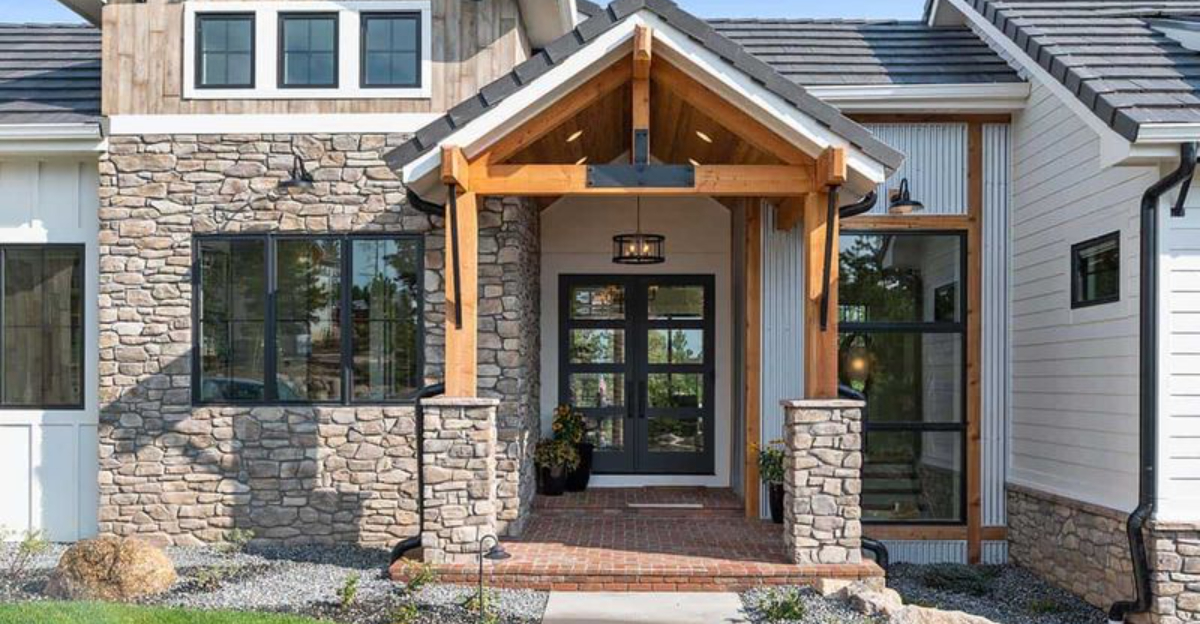
Colorado homes have been serving serious curb appeal long before anyone thought to call it that. These heritage styles, think classic porches, natural stone, and perfectly rustic beams, have stood the test of time (and snowstorms) with effortless charm.
Whether it’s a row of symmetrical windows or a front yard full of native blooms, these looks prove that good design doesn’t need to scream for attention. It just leans casually on the porch railing with a cup of strong coffee.
And let’s be honest, if your house could wear flannel and chop wood, these are the styles it would pick.
1. Craftsman-Style Porches With Tapered Columns
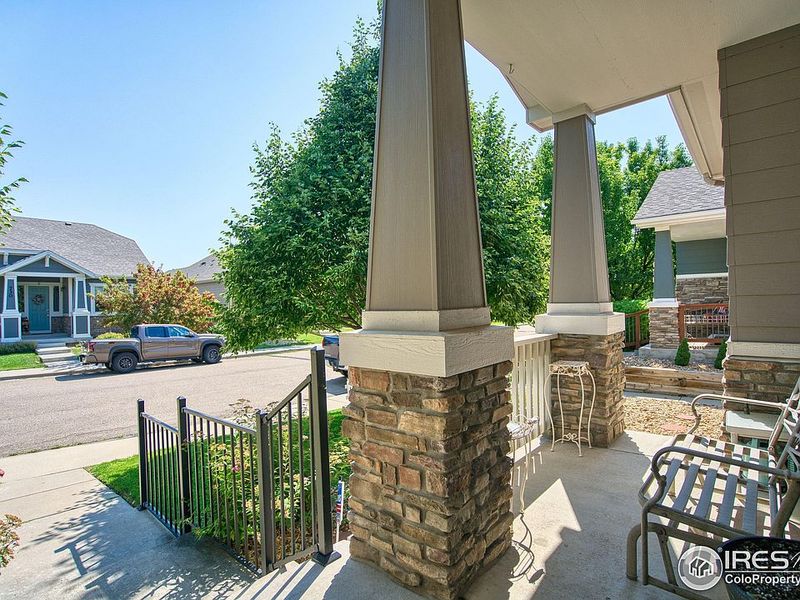
Nothing says ‘welcome home’ quite like a Craftsman porch! Those tapered columns resting on stone pedestals create an unmistakable silhouette that’s been turning heads since the early 1900s.
Though simple in design, these architectural elements pack a visual punch without being flashy. The proportions matter most, columns should taper gradually upward, creating a sense of strength at the base while appearing lighter at the top.
Many Colorado Craftsman homes feature natural wood columns stained rather than painted, highlighting the gorgeous grain patterns that make each porch uniquely yours.
2. Painted Wood Siding In Earthy Tones
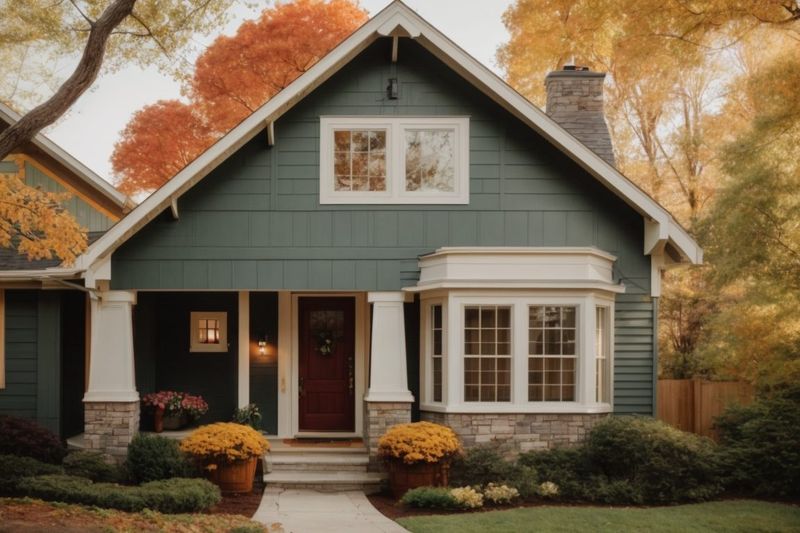
Wood siding speaks the visual language of Colorado’s pioneering spirit. Those earthy paint colors, think sage greens, warm ochres, and dusty blues, help homes nestle perfectly into the landscape rather than stand apart from it.
Victorian-era homes in mining towns often sported multiple colors to highlight architectural details, while Craftsman bungalows typically stuck with two complementary hues. The natural pigments used historically have inspired today’s heritage color palettes, offering modern homeowners authentic options.
Horizontal lap siding remains the most common, though decorative shingles often appear in gables for textural contrast.
3. Symmetrical Windows With Classic Shutters
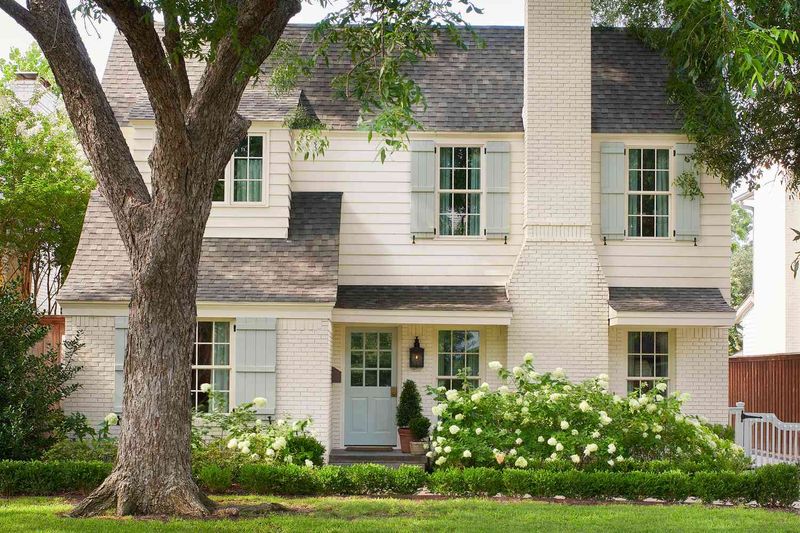
Windows truly are the eyes of a home! Colorado’s heritage properties typically feature beautifully balanced window arrangements that create a sense of order and proportion across the facade.
Traditional double-hung windows with divided lights (those charming little panes) offer historical accuracy while providing excellent ventilation. The shutters flanking these windows weren’t just decorative, they once protected glass from harsh mountain weather and regulated light and air.
For authentic appeal, shutters should appear functional, with proper sizing that would actually cover the entire window if closed.
4. Rustic Timber Framing And Exposed Beams
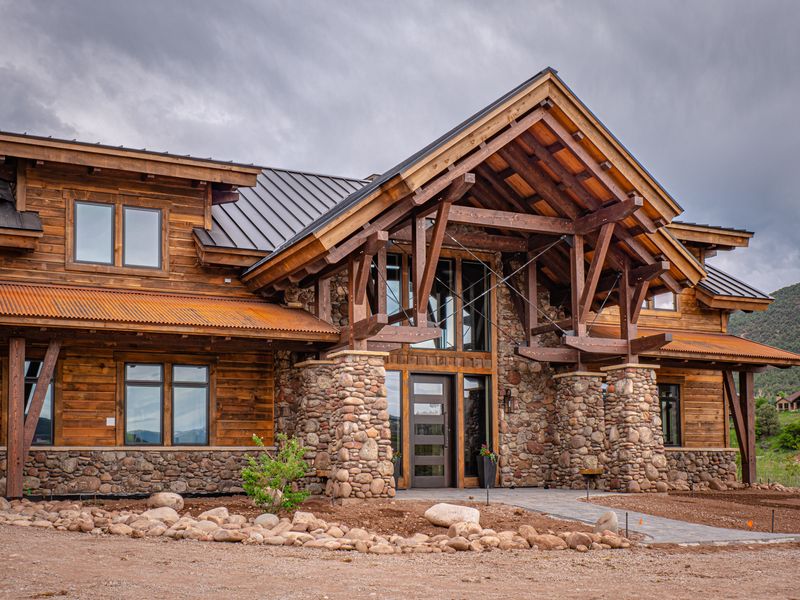
Why do Colorado homes love to show off their beams? Because they’ve got nothing to hide, just some seriously good woodwork!
From the get-go, mountain houses in the Centennial State flaunted their sturdy timber bones like badge-worthy biceps. These weren’t decorative fluff, they were the muscle holding it all up.
Modern takes still honor the past with exposed beams tucked under deep eaves and chunky brackets that scream, “I lift roofs, bro.” And even if you don’t have access to a 200-year-old hand-hewn log, faux finishes and reclaimed wood still bring that rugged, cabin-in-the-pines charm. No lumberjack license required.
5. Decorative Gables And Rooflines
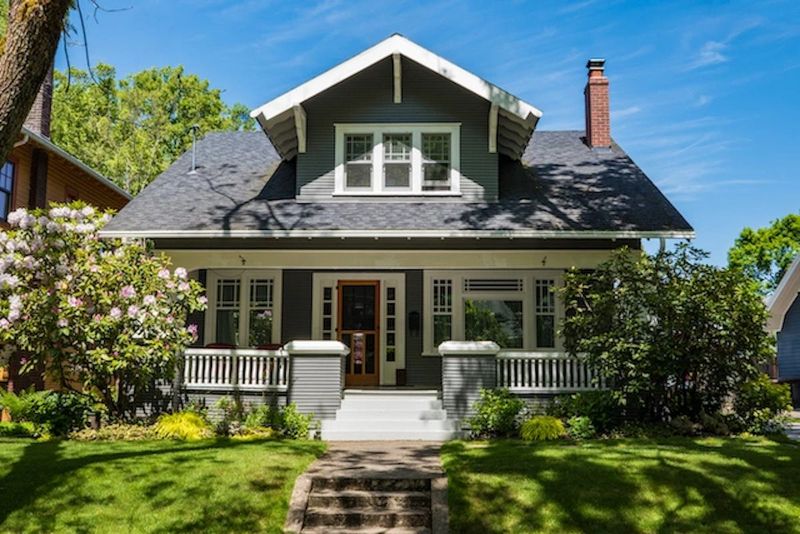
Looking up at Colorado’s heritage homes reveals some of their most distinctive features. Those decorative gables and varied rooflines weren’t just architectural showing off, they served practical purposes in shedding snow and creating useful attic spaces.
Victorian-era homes often feature elaborate bargeboard trim (sometimes called ‘gingerbread’) along steeply pitched rooflines. Meanwhile, Craftsman homes typically showcase wide eaves with exposed rafter tails and decorative brackets supporting roof overhangs.
Even simple farmhouse styles incorporate charming dormers that break up expansive roof planes while providing light to upper floors.
6. Wrought Iron Railings And Hardware
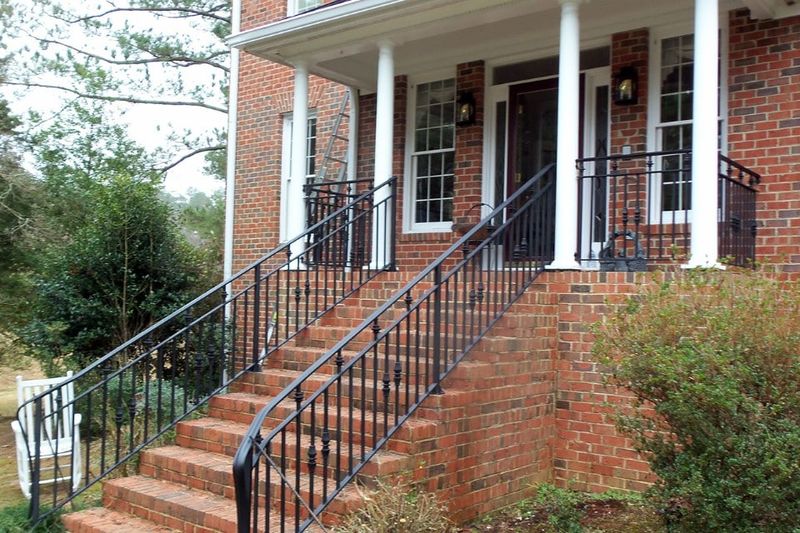
Blacksmith-crafted elements add serious character to Colorado’s historic homes. Those wrought iron railings, hinges, and hardware pieces combine functionality with artistry in a way that mass-produced alternatives simply can’t match.
Mining-town Victorian homes often feature ornate iron cresting along rooflines and decorative porch railings with intricate patterns. The contrast between dark iron and lighter building materials creates visual punch that draws the eye to architectural transitions.
Modern reproductions can capture this historic charm while meeting current safety codes. Just look for designs with traditional joinery methods rather than welded connections.
7. Front Gardens With Native Colorado Plants
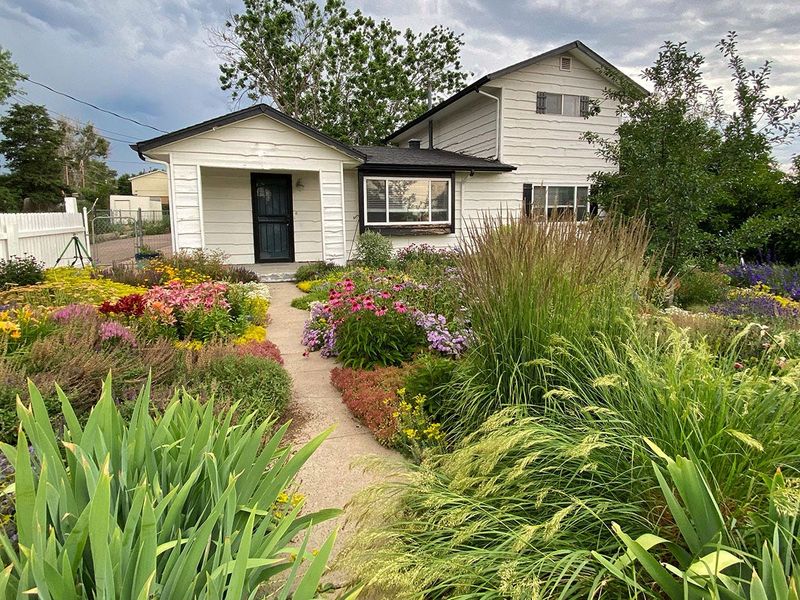
Heritage landscaping tells as much about Colorado’s history as the architecture itself. Front gardens historically featured hardy native plants that could withstand the state’s challenging climate without constant watering or maintenance.
Blue columbine (Colorado’s state flower), hardy penstemons, and aromatic sage created colorful, drought-resistant displays that complemented architectural styles. Settlers often incorporated edible landscaping too, think heirloom apple trees flanking pathways or currant bushes alongside fences.
Stone pathways and low rock walls echo building materials while defining garden spaces and creating visual flow from street to entrance.
8. Natural Stone Accents And Masonry
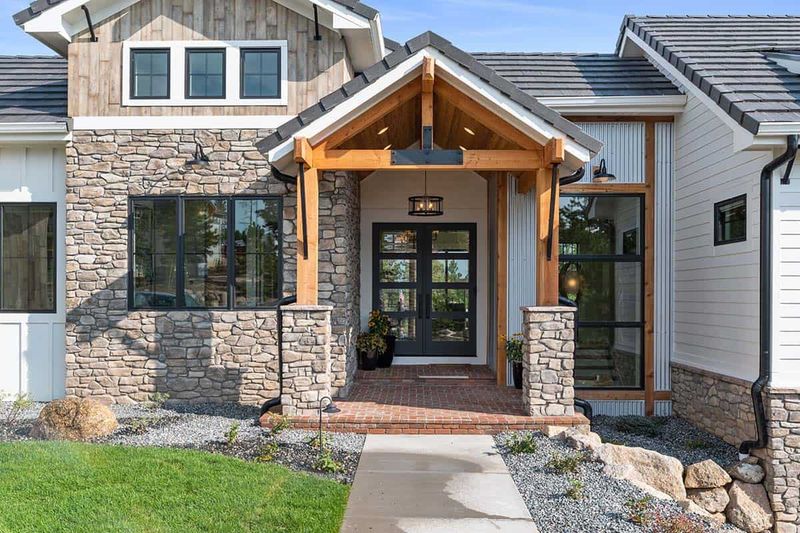
Ever wonder why Colorado homes always seem so rock solid? It’s not just a figure of speech, they’re literally built that way!
With a landscape this jaw-dropping, Colorado practically dares you not to use its native stone. From fiery red sandstone to cool river rock, local materials don’t just add durability, they make your home look like it grew right out of the ground (in the best way).
Builders back in the day used whatever stone they could roll downhill or dig up nearby, giving us gorgeous regional styles. Whether it’s a chimney that could moonlight as a sculpture or porch supports that look like mini mountain ranges, these rocky details age like a fine… granite.

